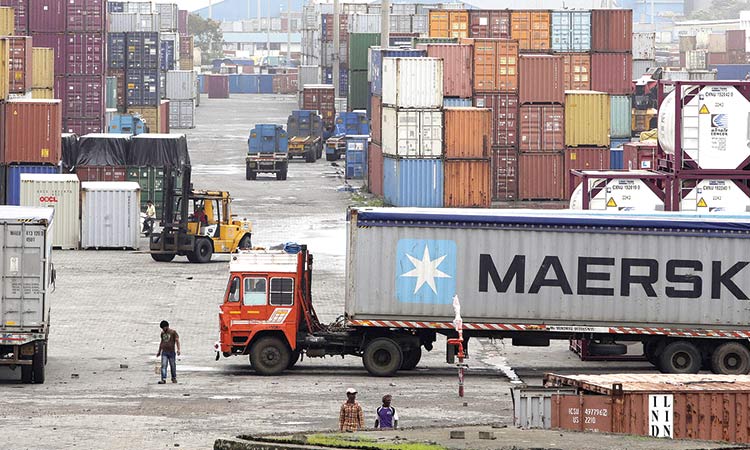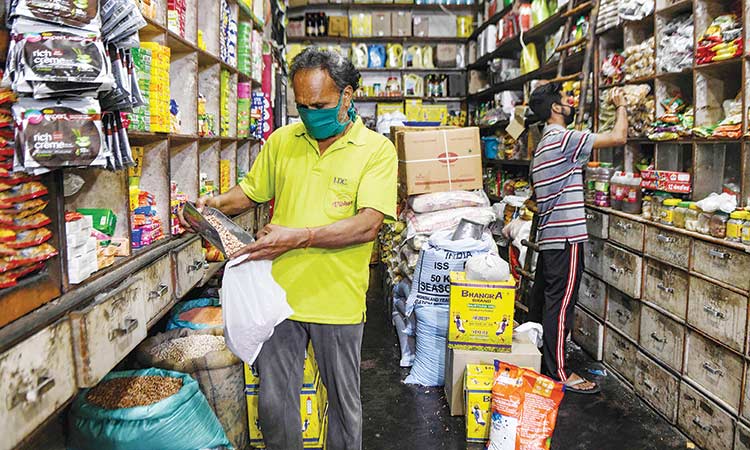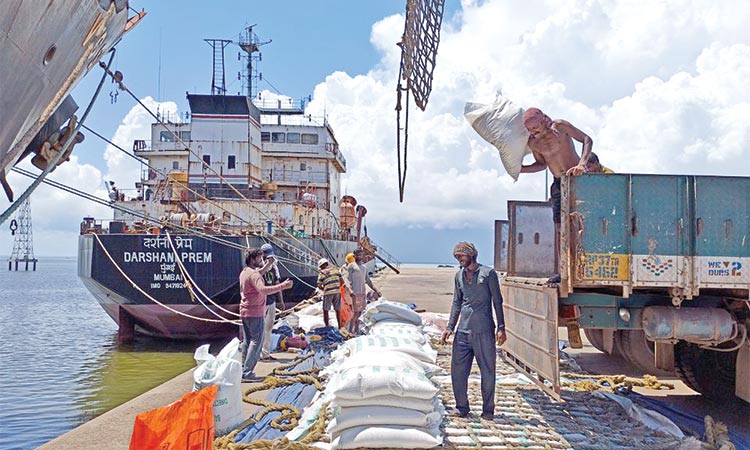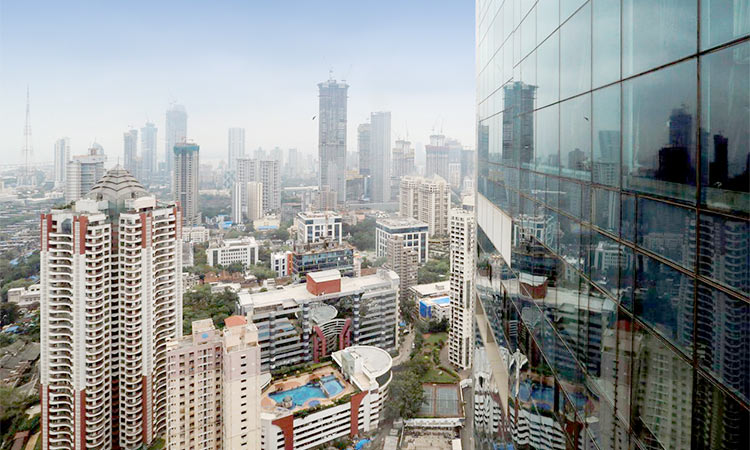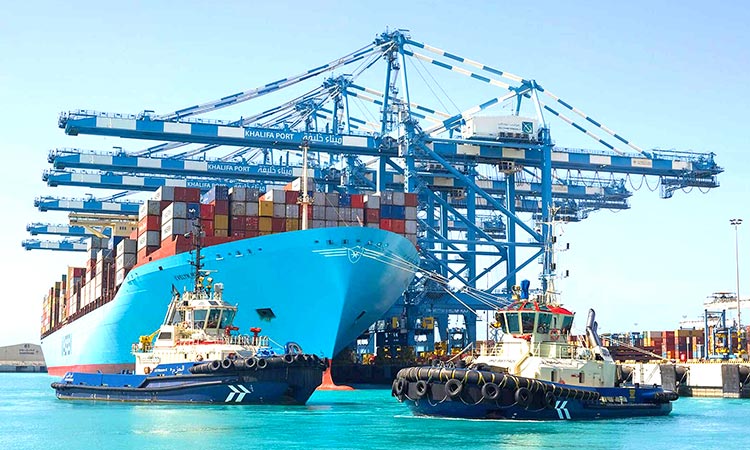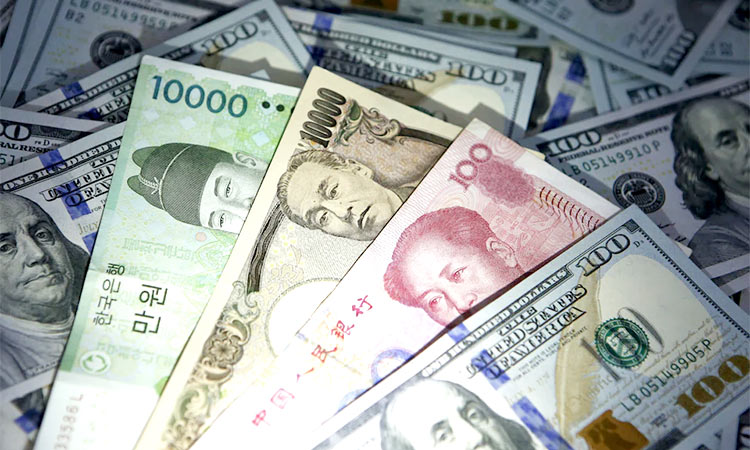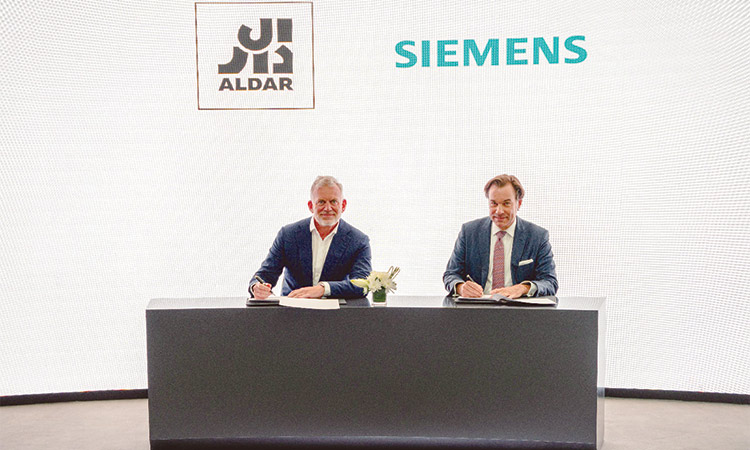Industry body pegs India’s GDP growth rate at 9.5 per cent mark
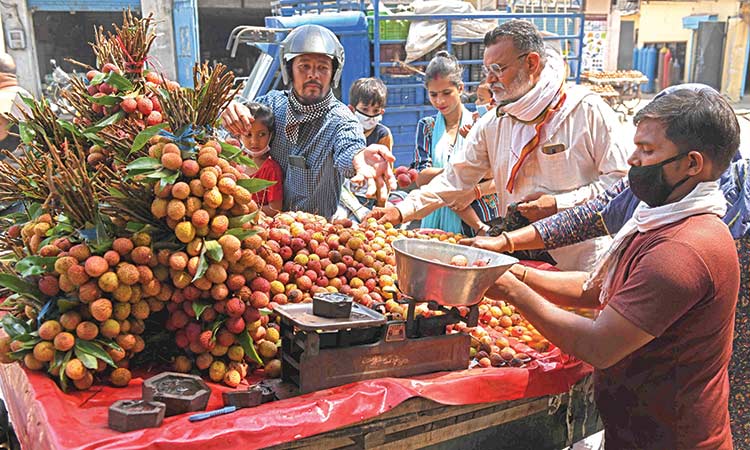
People buy lychees from a street vendor in Amritsar on Thursday. Agence France-Presse
“With recent uptick in mobility indicators, traffic congestion index and daily railway passenger movement, we believe that 9.5 per cent growth rate can be achieved this year.”
According to Narendran, growth needs to pick up to 9 per cent by 2024-25 with public expenditure, reforms and vaccination as key levers.
“The cumulative impact of the two waves on incomes and consumer sentiment, coupled with the increase in household medical expenses in the second wave, is likely to affect consumer demand for some time.”
“As the economy reopens post the second wave, a dual-pronged Government strategy is required to boost consumption and support industry till demand is well-entrenched.”
Besides, he called for a strong fiscal stimulus and government’s expenditure programme.
“CII estimates that there is fiscal headroom of up to Rs3 lakh crore and this amount can be channelised towards direct cash transfers to the vulnerable people, higher allocation for ‘MNREGA, short-term GST’ rate cuts and lower excise duty on fuel.”
Furthermore, he said that demand can be revitalised through a time bound tax concession of interest rate subvention for home buyers, a LTC cash voucher scheme as done last year and extending the Atmanirbhar Bharat Rozgar Yojana till March 31, 2022.
Additionally, CII urged for expansion in the Reserve Bank of India (RBI) balance sheet to meet the demand exigencies of the pandemic.
In addition, Narendran called for support to industry through increase in ‘Emergency Credit Line Guarantee Scheme’ (ECLGS) to Rs5 lakh crore along with extension of the scheme to March 31, 2022 and inclusion of more distressed sectors such as retail.
Cautious optimism has started to return to India’s economy which was heavily battered by Covid 2.0, the Reserve Bank of India said on Wednesday.
The June issue of RBI’s monthly bulletin said: “The Indian economy continues to wrestle with the second wave of the pandemic, though cautious optimism is returning. By current assessment, the second wave’s toll is mainly in terms of the hit to domestic demand.”
“On the brighter side, several aspects of aggregate supply conditions — agriculture and contactless services are holding up, while industrial production and exports have surged compared to last year amidst pandemic protocols.”
Going forward, the bulletin’s article on ‘State of the Economy’ cited that speed and scale of vaccination will shape the path of recovery.
“The economy has the resilience and the fundamentals to bounce back from the pandemic and unshackle itself from pre-existing cyclical and structural hindrances.”
On the macroeconomic front, the bulletin said the slope of the yield curve is found to have steepened with abundant liquidity depressing short-term interest rates more than proportionately alongside a pick-up in issuances of ultra-long dated paper.
Besides, it said that Covid-19 pandemic necessitated an overwhelming fiscal response from governments across the world.
“As India unwinds the fiscal stimulus and embarks on the path of fiscal adjustment, it is necessary to emphasise on ‘how’ over ‘how much’.”
“Cross-country experience suggests that expenditure reductions, especially the ones associated with permanent reduction in current expenditure, have been found to be more effective in achieving durable fiscal consolidation than revenue raising measures.” Exponential rise in food prices sequentially rocketed India’s retail inflation in May as the Consumer Price Index (CPI) increased by over 6.30 per cent.
According to the data furnished by the National Statistical Office (NSO), the CPI rose by 6.30 per cent last month from 4.23 per cent in April. Region wise, the CPI Urban rose by 6.04 per cent last month from 4.71 per cent in April.
Similarly, the CPI Rural climbed by 6.48 per cent in May from 3.75 per cent in April.
As per the NSO data, Consumer Food Price Index increased to 5.01 per cent last month from a rise of 1.96 per cent in April.
The CFPI readings measure the changes in retail prices of food products.
“The high rate of inflation in May 2021 is primarily due to low base effect and rise in prices of crude petroleum, mineral oils viz petrol, diesel, naphtha, furnace oil etc and manufactured products as compared to the corresponding month of the previous year,” the Ministry of Commerce and Industry said in a statement on WPI.
